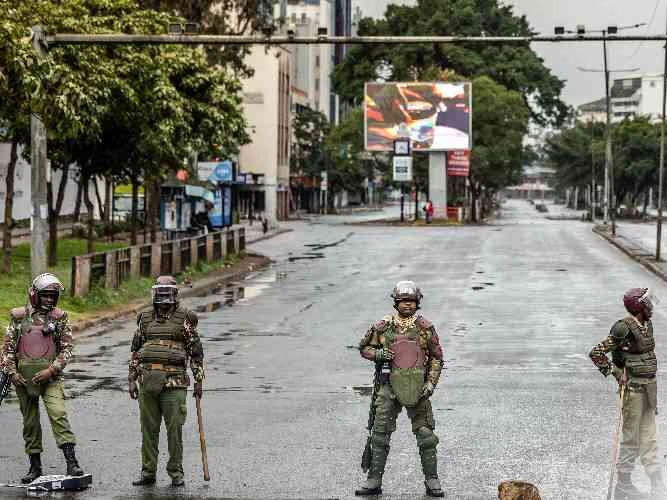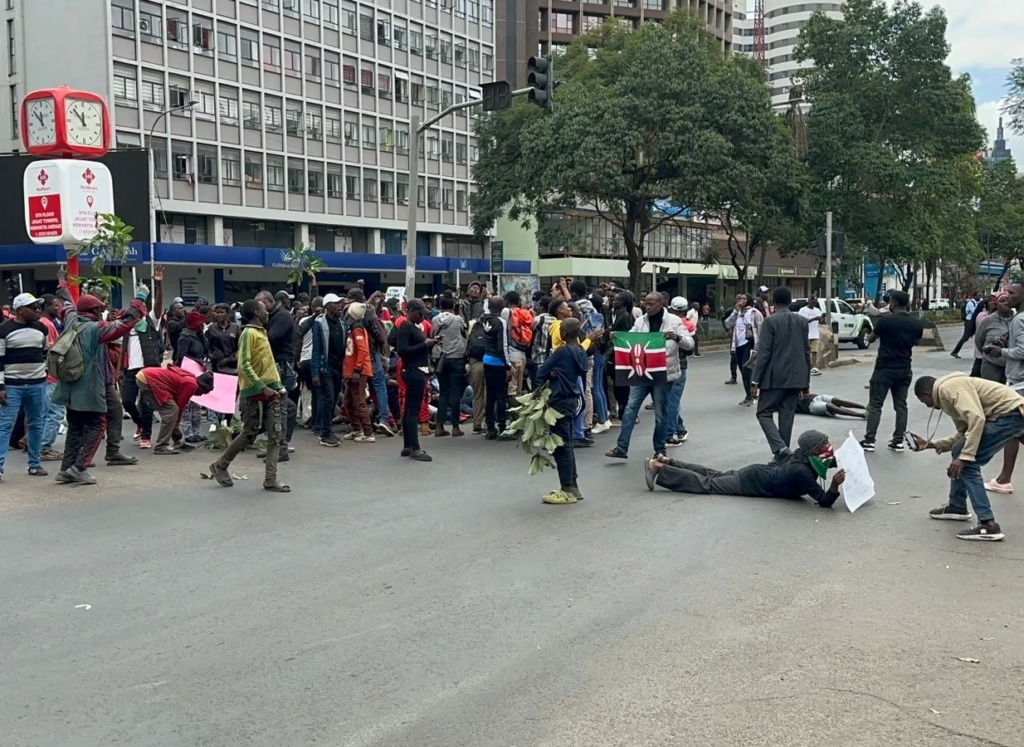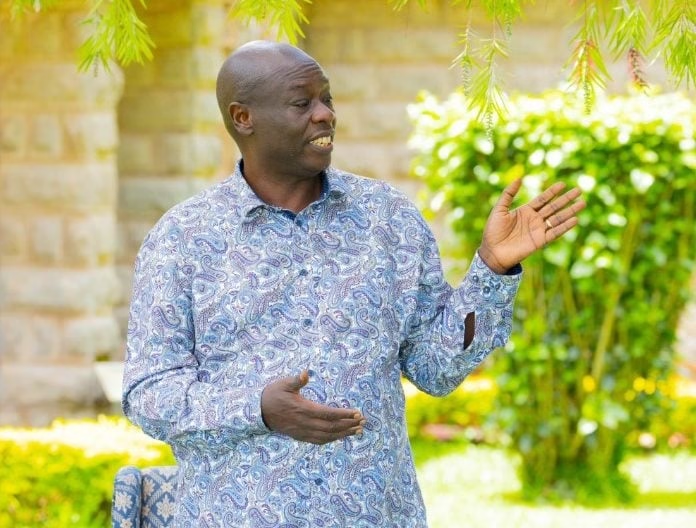
Today, July 7, 2025, Kenya once again finds itself at a crossroads, with the air thick with anticipation and the rumble of protests filling the streets. This isn’t just another day on the calendar; it’s Saba Saba, a date that has become synonymous with the Kenyan people’s unwavering spirit of defiance against injustice and a powerful reminder of how far the nation has come, and how far it still has to go.
Saba Saba, a Swahili word translating to “seven seven” in English, marks a pivotal moment in Kenya’s history: July 7, 1990. Back then, Kenya was a one-party state under the rule of President Daniel arap Moi and his Kenya African National Union (KANU) party. Dissent was ruthlessly suppressed, civil liberties were a distant dream, and economic mismanagement coupled with the exclusion of various communities fueled widespread discontent. The nation was a pressure cooker, waiting to explode.
The spark that ignited the Saba Saba protests was a courageous call for multiparty democracy. Frustrated by the political climate, brave opposition leaders such as Kenneth Matiba, Charles Rubia, and Jaramogi Oginga Odinga dared to challenge the autocratic regime. They announced a public rally at Kamukunji Grounds in Nairobi on July 7, 1990, demanding an end to the one-party system and a return to political pluralism.
Despite the government’s swift ban on the rally and a chilling warning of severe consequences, Kenyans, driven by a deep yearning for freedom, defied the prohibition. Thousands poured into the streets, leading to widespread unrest across the country. The state’s response was brutal and immediate.
Riot police descended with unbridled force, dispersing demonstrators, making arbitrary arrests, and detaining protesters without trial. Tragically, lives were lost, and many were injured in the ensuing clashes. Among those arrested were Matiba and Rubia for organizing the rally, while Odinga, an elder statesman, stood firm in his support for multipartyism. Other prominent figures who emerged during this period, either actively participating or enduring detention for their advocacy, included a young James Orengo, Raila Odinga, who had previously faced detention for pro-democracy campaigns, and Koigi wa Wamwere. These individuals, and countless ordinary Kenyans, became the faces of a movement that refused to be silenced.
The impact of Saba Saba was profound and far-reaching. While the immediate aftermath was marked by violence and suppression, the sheer audacity and scale of the protests shook the foundations of Moi’s regime. The international community also took notice, increasing pressure on the Kenyan government to embrace democratic reforms. This sustained pressure, fueled by the unwavering spirit of the people, eventually led to the repeal of Section 2A of the Constitution in 1991, a momentous legal change that formally ended the one-party state and paved the way for multiparty politics.
Saba Saba thus became a critical stepping stone in Kenya’s long journey towards greater democracy, human rights, and good governance. It was a testament to the power of collective action, demonstrating that even in the face of brutal repression, the will of the people can prevail. It ushered in an era where civil society groups and youth activists became more emboldened, engaging robustly in political and governance debates.
On July 7, 2025, the spirit of Saba Saba is still there, resonating deeply with the protests that have gripped Kenya in recent times. The current wave of protests, largely driven by the energetic and digitally savvy Gen Z generation, shares striking similarities with the original Saba Saba. Both movements are rooted in a profound demand for better leadership, accountability, and a more just society.
The protests of today are a cry against contemporary challenges like extrajudicial killings, police brutality, economic hardship, and perceived government overreach. Just as Kenyans in 1990 demanded political freedoms, today’s protesters are demanding social and economic justice, and an end to impunity. The recent protests, particularly those linked to the Finance Bill 2024 and 2025, have seen a renewed intensity, with tragic reports of fatalities and abductions mirroring the harsh responses of the past.
The connection to Saba Saba is undeniable. Today’s protests are not just random acts of discontent; they are a continuation of a struggle for democratic space and good governance that began over three decades ago. The memory of those who sacrificed during the original Saba Saba, and indeed during subsequent struggles, serves as a powerful inspiration for the current generation. The calls for justice for victims of past state violence, particularly those from the June 25, 2025, protests, echo the long-standing demands for accountability.
However, the response from the state often retains a chilling familiarity. The heavy police presence, the barricading of major roads in Nairobi, and reports of arrests and injuries underscore a persistent tension between the government and its citizens. Just as President Moi prohibited the use of the very phrase “Saba Saba,” there are attempts today to curb and control the narrative around dissent.


